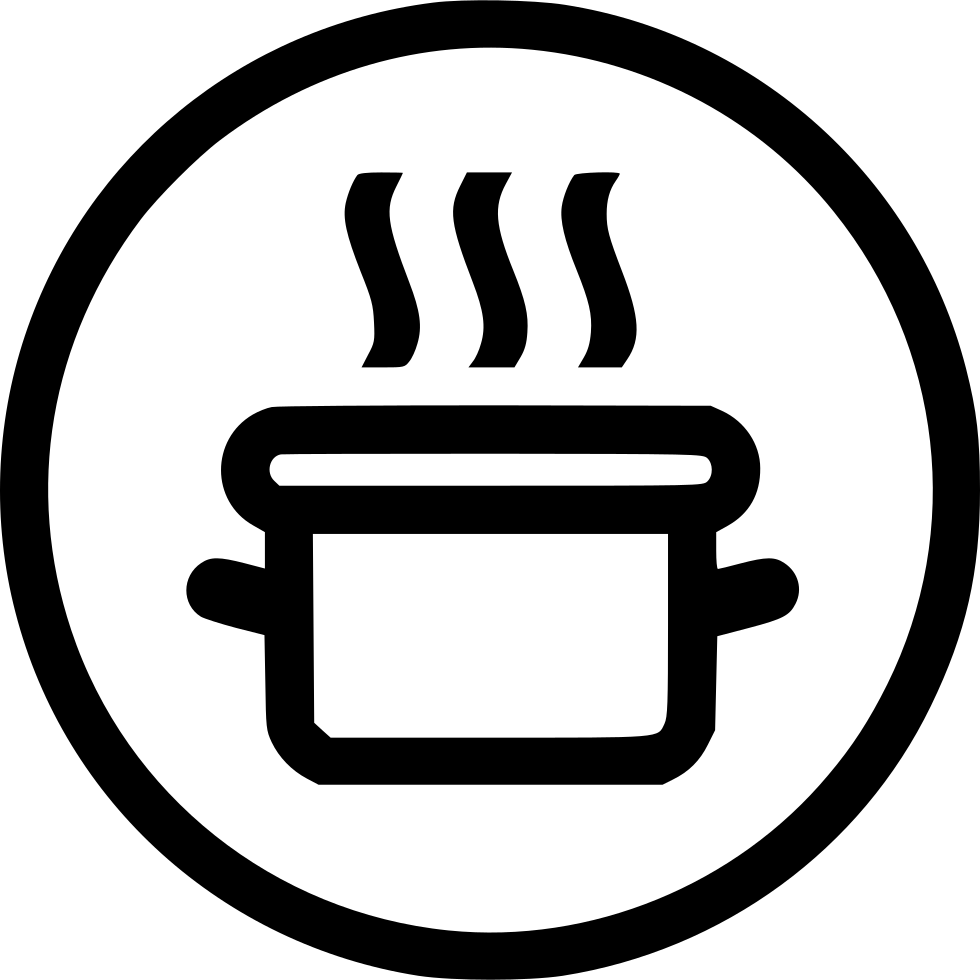Ever felt the adrenaline surge of a culinary challenge, your muscles coiled in silent aggression as you face a new recipe? Welcome to our unique perspective on cooking! This is not just about following instructions—it’s about mastering the art of creating flavors. We’ll explore the importance of quality ingredients, step-by-step instructions, and even how to cater to specific dietary needs. Ready to conquer the kitchen? Let’s dive in!
TL;DR:
- Creating a homemade recipe involves using fresh, quality ingredients for optimum flavor; substitutes can be used if necessary, but avoid changing core ingredients.
- Cooking steps include meticulous prep work, following temperature and process instructions strictly, and regular tasting for seasonings.
- Store leftovers in airtight containers letting them cool first and reheat thoroughly before consuming; leftovers generally last up to four days in a fridge.
- Depending on dietary needs, recipes can be altered using science-backed methods such as substituting proteins in vegetarian meals, using gluten-free alternatives, or moderating carbs in diabetic meals.

What are the necessary ingredients for this homemade recipe?
As you embark on your culinary journey, let’s gather the ingredients needed. The magic of a homemade recipe lies not just in technique, but in the materials used – fresh, quality ingredients.
When creating a recipe at home, sourcing your ingredients is pivotal. Ingredients form the heart of a recipe, so handpick each one with care. Understanding what you’re working with will take your cooking to the next level.
During the process of sourcing, keep in mind that freshness matters. Cooking with fresh ingredients brings out the real flavors and makes the meal healthier and tastier.
Now, you may ask, “What if I can’t find a certain ingredient?” Don’t fret! Cooking is a flexible art. Feel free to substitute ingredients that are not available with ones that won’t alter the essence of the dish. A word of advice, though – steer clear from replacing core ingredients as they could transform the dish itself.
As we move forward, remember that each ingredient has its own story. Let’s learn to value them as they will be our allies in bringing our homemade recipe to life!
But what’s a good meal without quality? Let’s dissect why the quality of ingredients is paramount in our next section. Until then, pick your best apron and wear your enthusiasm on your sleeves. Exciting days in the kitchen await us!
What are the step-by-step instructions to prepare the recipe?
By now, you must be eager to whip this recipe up in your kitchen!
How do I start with the recipe?
The first step is always the prep work. Your job here is to gather all the ingredients and utensils you’ll need. That means taking the time to thoroughly wash, peel, and cut your fresh ingredients. Arrange them neatly, so they’re ready the moment you need them. Trust me, a little organization goes a long way!
What should I do after prepping the ingredients?
Post preparation, the cooking process kicks off. Preheat your oven or heat up your cooking pan according to the recipe. Don’t forget to follow the exact temperature stated, it’s vital for the success of your meal. From there, start adding those yummy ingredients you prepped earlier in the order recommended.
What are the important steps not to miss when cooking the recipe?
The important steps you can’t afford to miss includes stirring your ingredients often to prevent burning, regulating your heat level based on what the recipe needs (simmering vs. boiling for example), and of course, tasting and seasoning your dishes as you go along. ‘Tasting’ might be the most enjoyable part of the cooking journey!
There you have it, a step-by-step guide to prepare a killer homemade recipe. By adhering to these cooking techniques, you’re set to impress everyone, not least of all your own tastebuds! Remember, edible masterpieces are created from following these culinary instructions strictly!
So, are you ready to don the chef hat and create magic in your kitchen now? Happy cooking!
For more information on how to perfect your cooking techniques, do check out this comprehensive guide. The tips mentioned there will surely elevate your culinary skills to the next level.

How to Store the Leftovers?
Let’s dive into food preservation. The art of preserving food helps ensure we make the most of our meals, and, it reduces waste!
How to Properly Store Leftover Food?
To preserve food correctly, store leftovers in airtight containers. Airtight containers help keep the food fresh by preventing air exposure. Now, before you seal the container, let the food cool down to room temperature. This avoids excess moisture, which can lead to bacterial growth.
How Long will Leftovers Last in the Fridge?
After moving the food to the fridge, you may wonder, “How long will this lasagna last?” Well, for most foods, you have a window of about three to four days. Remember, when in doubt, throw it out! It’s better to be safe than sorry.
What is the Proper Way to Reheat Leftovers?
Now, time to reheat your meal! Remove the leftovers from the fridge and allow them to reach room temperature. This helps the food heat evenly, avoiding cold spots. Then, reheat on a stove or in a microwave until thoroughly hot. Always be sure to heat all the food, not just the outside.
So, here you have your storage tips for maintaining freshness and maximizing meal potential! Always let food cool before sealing and storing, keep them for a max of four days, and heat thoroughly before eating again. Now, savor every bite of your cooking, knowing there’s no place for waste!
Can the recipe be altered to suit dietary needs?
Sure! There’s always room for tweaking when it comes to recipes to suit dietary needs. By using science-backed culinary methods, you can easily incorporate required changes for health conditions or lifestyle choices.
How to alter the recipe for vegetarians?
Mouth-watering meals are not exclusive to meat eaters, and most recipes can easily be adapted to suit those opting for a vegetarian diet. When converting a recipe to be vegetarian, always keep an eye on your proteins. Swap meat with high protein foods like legumes, tofu, tempeh, or seitan. For an umami flavor comparable to meat, rely on nutritional yeast, soy sauce, and sautéed mushrooms. And here are some vegan alternatives.
What are some gluten-free substitutions?
Gluten-free cooking doesn’t have to be a hassle, there are many swapping options available these days. For instance, traditional wheat flour can be replaced with a diverse range of flours like almond, coconut, or gluten-free all-purpose flour. Soy sauce, a common allergen, can be replaced with tamari or coconut aminos. Also, consider incorporating gluten-free grains like quinoa and buckwheat into your meals.
How to adjust the recipe for someone with diabetes?
Pay particular attention to the total carbohydrates content when adjusting a recipe for diabetes. It will help to balance blood sugar levels. You can reduce carb content by replacing starches with non-starchy veggies or using whole grains. Consider natural sweeteners and always incorporate lean proteins in every meal. Avoiding processed foods will also help in maintaining blood sugar levels.
I hope these tips encourage you to get creative in the kitchen and tailor recipes to suit any dietary requirements. Happy cooking!
In this post, we’ve covered everything from choosing quality ingredients for your homemade recipe to adjusting it for dietary needs. We’ve explored specific cooking techniques, storage tips, and discussed how to make the dish allergy-friendly. Remember, cooking is an art. With practice and patience, you’ll be able to master any recipe, personalize it to your liking, and even cater to various dietary requirements. Now, it’s time to take these insights to your kitchen and start cooking!

